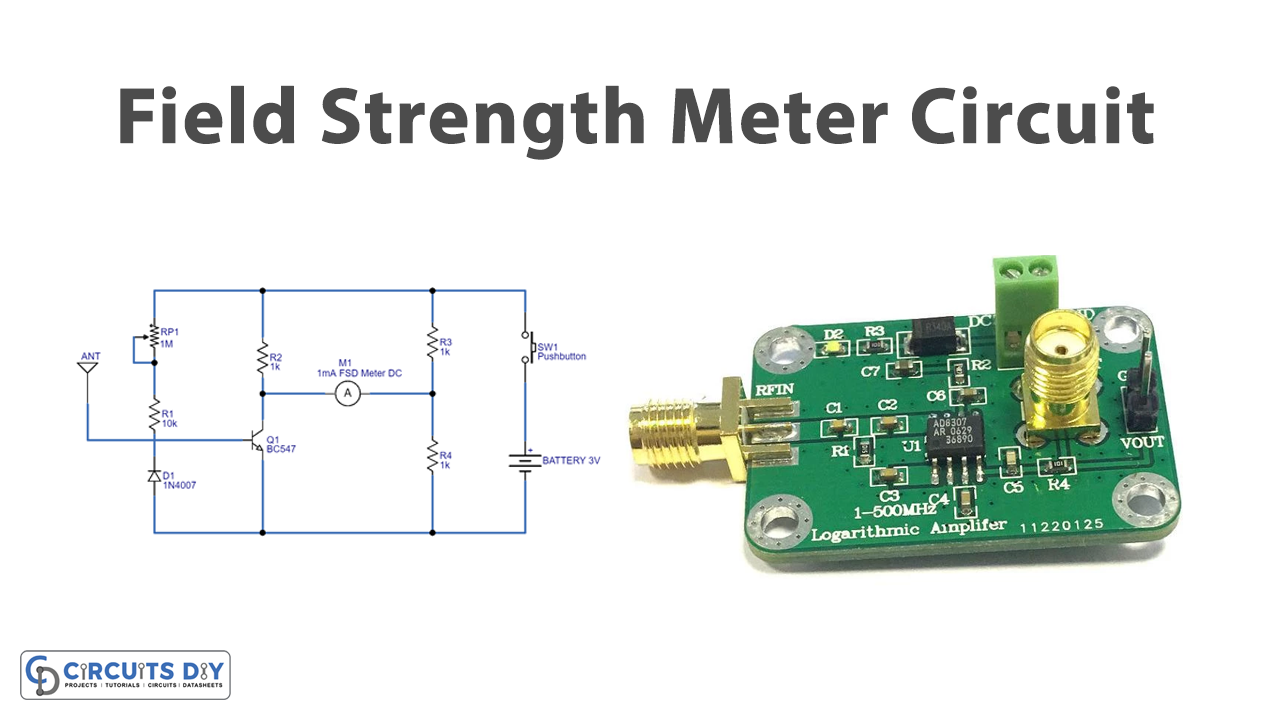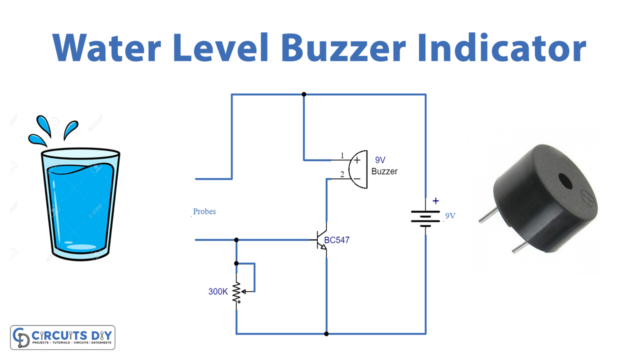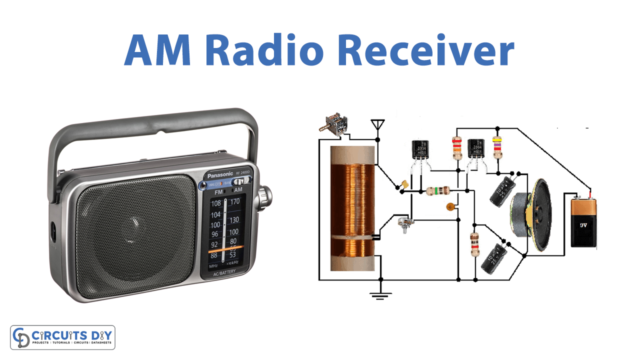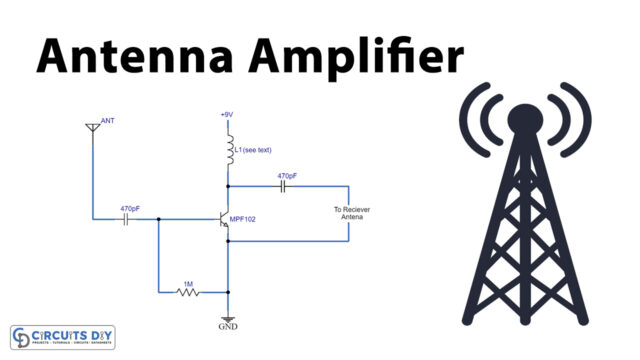Introduction
Field strength meters are basically the circuits that detect the radiofrequency field. In other words, their basic purpose is to check whether there is any radio frequency signal or not. Hence, you can say that it is the devices that are used to measure the electric signals. It uses the antenna to determine the transmitting range of radio controllers.
The circuit uses the meter to understand the RF frequencies. The circuit has greater applications in the telecommunication field. It is used to map the radio systems. So we have decided that in this tutorial, we will make and discuss the “Field Strength Meter Circuit”
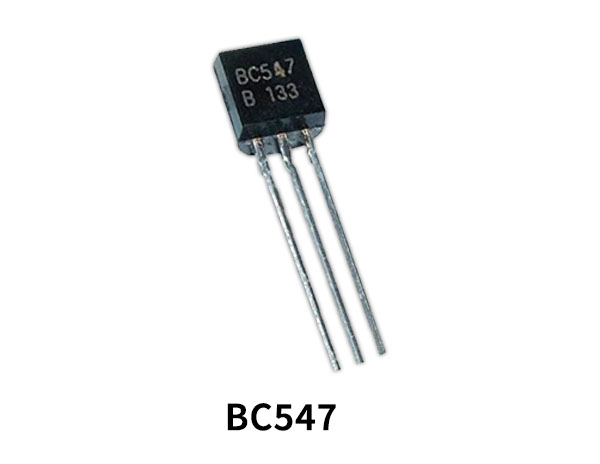
Hardware Components
The following components are required to make Field Strength Meter Circuit
| S.no | Component | Value | Qty |
|---|---|---|---|
| 1. | Transistor | BC547 | 1 |
| 2. | FSD ammeter DC | 1mA | 1 |
| 3. | Diode | 1N4007 | 1 |
| 4. | Push-button switch | – | 1 |
| 5. | Potentiometer | 1MΩ | 1 |
| 6. | Antenna (Wire) | – | 1 |
| 7. | Resistors | 10KΩ | 1 |
| 8. | 2-Pin Connector | – | 1 |
| 9. | Battery | 3V | 1 |
BC547 Pinout

For a detailed description of pinout, dimension features, and specifications download the datasheet of BC547
Field Strength Meter Circuit
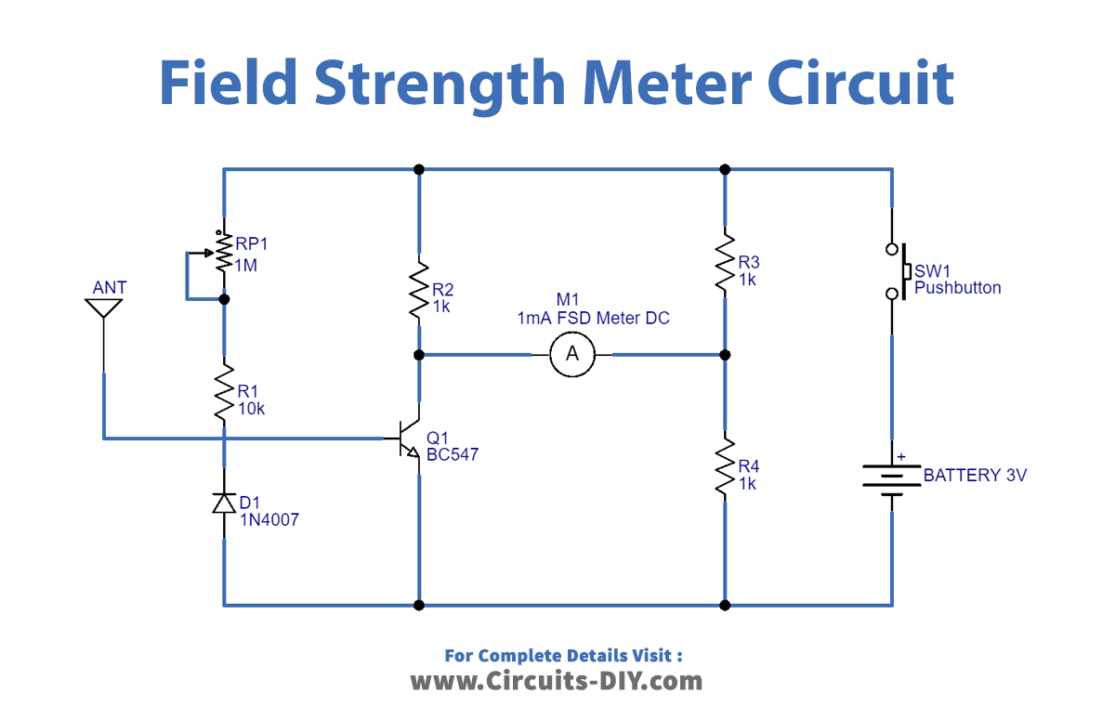
Working Explanation
In this Field Strength Meter Circuit, first, apply the voltage, and set the meter to zero by adjusting the potentiometer in the circuit. Now press the push-button is pressed to switch on the transmitter. In this circuit, the transistor works as an active component. The base of the transistor is directly wired to the receiving antenna. When a high radio frequency wave is observed at the base of the transistor, the transistor starts conducting. Hence this disturbs the balance of the bridge circuit. As a result, currents flow to the meter through Resistor R3, the meter, and the emitter-collector junction of the transistor. The deflection of the meter determines the RF frequency. The higher reflection means there is stronger RF at the transmitter.
Application and Uses
- It can be used to map radio systems.
- For the direction-finding.
- To check the transmitter, if it’s transmitting or not.

